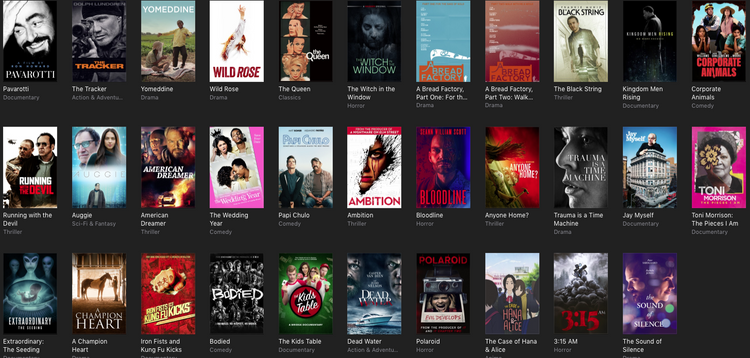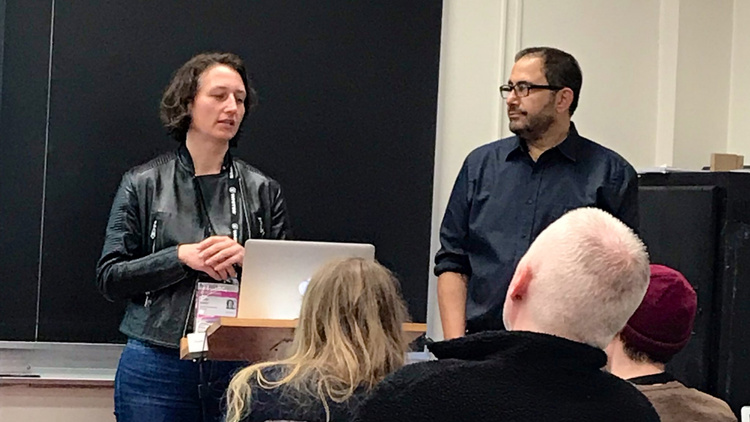Distribution: Aggregators vs. Distributors

In the wake of the seeming demise of Distribber, which was one of the main ways in which filmmakers could get their work up onto major online platforms, it seems that it is still important to indicate the difference between aggregators and distributors – as well as between the two main types of aggregators: aggregators […]
7 Deadly Sins of Self-Distribution Hot Docs Presentation and Notes from the Forum

Earlier in the month, I had the pleasure to present and attend Hot Docs. As I am pitching a few new projects to direct and produce, I was especially interested in attending the Forum (5 notes of pitching to forums below). But first – I want to share the presentation that Sonja Henrici of the […]
The Power of Social Advertising A Case Study on 3100:RUN AND BECOME

I recently sat down with documentary filmmaker, Sanjay Rawal (Food Chains, Challenging Impossibility), to discuss the release of his latest film 3100: RUN AND BECOME. The film is a documentary about endurance and determination which follows participants in the world’s longest certified running race – the Self-Transcendence 3100 Miler – as they attempt to shatter […]
The Importance of Events in Your Career Toolkit
This week’s TOTBO video concerns the importance of redefining the nature of theatrical. In this clip I speak about how creating a “live event” for your film can be an essential aspect of your film’s release. As I’ve said before I feel that theatrical must be redefined as live event/theatrical. Eventually I feel the term […]